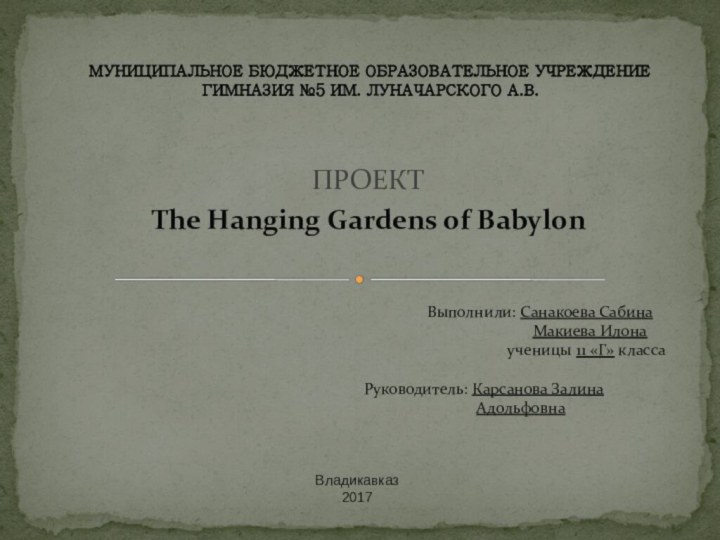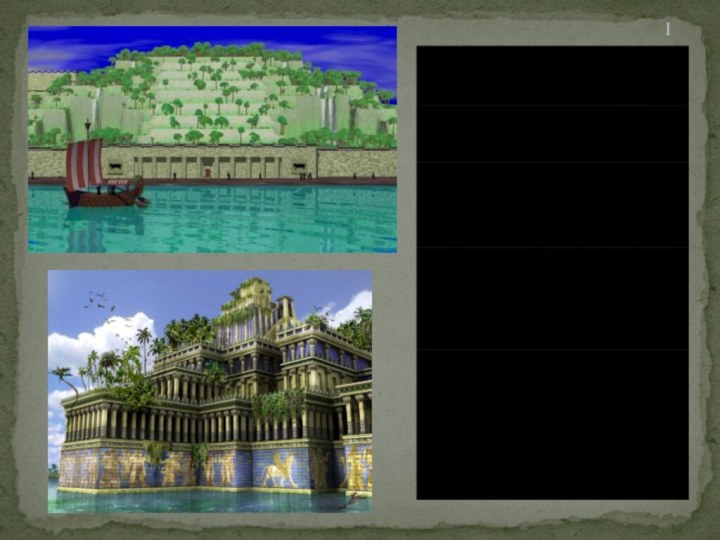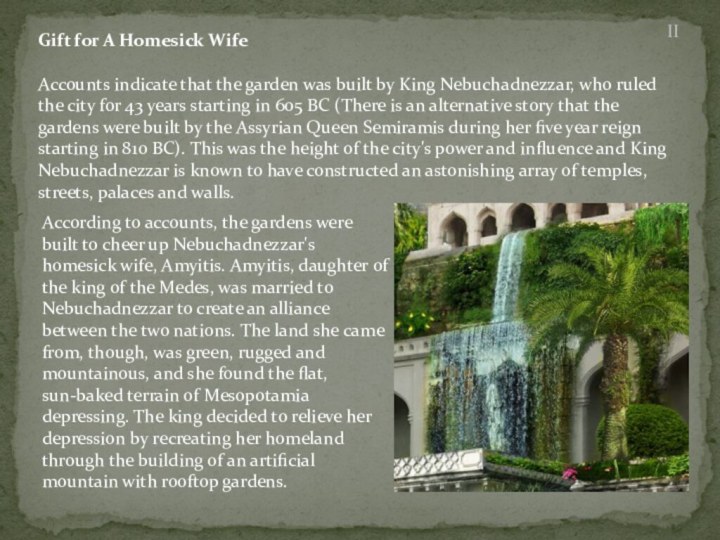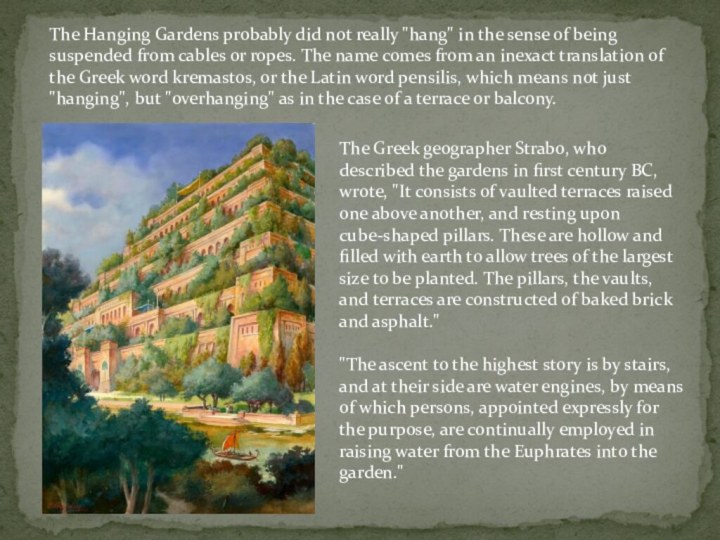обосновывается актуальность выбранной темы, цель и
содержание поставленных задач, дается характеристика работы…)
Основная часть состоит из двух разделов:
Теоретического и практического (или исследовательского).
Теоретический раздел включает анализ информации, отбор
наиболее значимых данных, выстраивание общей логической
схемы выводов.
Практический раздел (исследовательский) – описание
изготовления проектируемого изделия или собственное
исследование, сравнение и анализ.
Заключение содержит основные выводы. Это вывод о проделанной работе, описание полученных результатов.












































